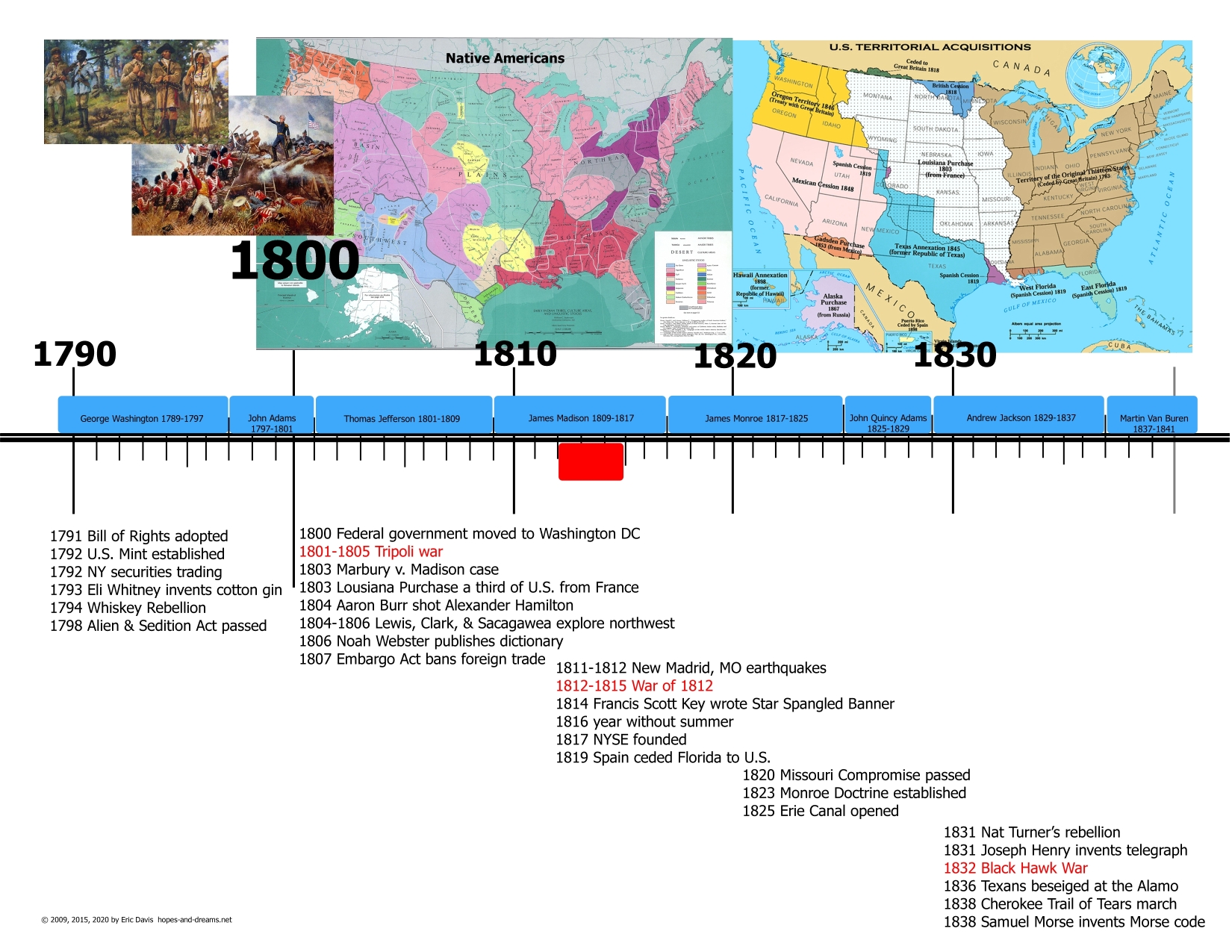


The number of mechanical watches increased considerably in the 1550s and did not change much after the 1600s. kind – in 1505 the earliest extant example of a watch was brought to Earth by Peter Henlein, a locksmith and clockmaker of Nuremberg, Germany, often considered the inventor of the watch. Then, the ancient Egyptians invented the hourglass and the water clock. In this type of clock, calculations were made by looking at the shadow length created by an upright object according to the angle of the sun, but it of course did not work at night. In written history, the clock was first used in Egypt in the form of a sundial in 4,000 B.C. Let's come to today and the time measuring instrument we use the most: the clock. The Babylonians divided the year into 12 equal parts and the day into 24 hours according to the solar calendar back in 2,400 B.C., while the Islamic calendar divided the year into 354 or 355 days and 12 months according to the lunar calendar, that is, it was based on the orbit of the moon around the earth. Regular motions such as the earth itself and its rotation around the sun are essential for real time.Īncient civilizations in the past benefited from these movements to organize their lives. Objective time can also be called real time.


 0 kommentar(er)
0 kommentar(er)
